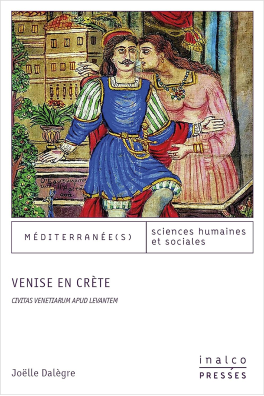
Venice in Crete
Civitas Venetarium apud levantem
Series : Méditerranée(s)
Subject : Humanities and social sciences
30 €
Presentation
The Cretans lived for nearly five centuries under Venetian rule, from the early 13th century to the mid-17th century. It was a true colonial undertaking: a foreign and distant country arrived, took power, appropriated the best lands and distributed them to its colonists, and established its administration, rules, taxes, justice system, religion, language, social divisions and economic principles to its advantage. It was a centralized, controlled system, but able to evolve over time through an awareness of realities. The coexistence of two populations was also a remarkable human experience, in which identities were at once asserted and became intertwined. The Cretans never really accepted the Venetian rule, as evidenced by nearly thirty revolts, and the Venetians were distrustful of them to the end and refused to entrust them with weapons for the island’s defence. Nonetheless, the populations coexisted and intermarried, churches were open to both religions, and cultural contacts multiplied; it was out of this that the Cretan Renaissance was born, a unique period of flourishing artistic creation. Were the colonists, who remained a minority, still “colonists” after several centuries? Was Crete different, after Venice? These phenomena relating to the human aspect are the focus of the second part of the book, which naturally concludes with the Turkish conquest.
Author
Joëlle Dalègre is the editor-in-chief of Cahiers Balkaniques (Balkan Journals) and co-director of the Méditerranée(s) collection. She is also a specialist in the history of Modern Greece, on which she has already published numerous works.
365 pages
16 x 24 cm
Publication: 01/04/2019
ISBN: 9782858313013